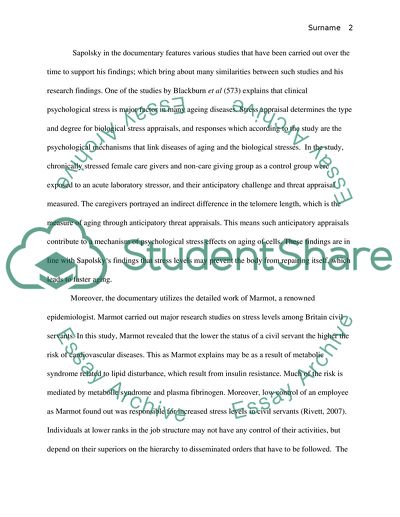Cite this document
(Stress: Portrait of Killer Dirrected by Sapolsky Movie Review, n.d.)
Stress: Portrait of Killer Dirrected by Sapolsky Movie Review. Retrieved from https://studentshare.org/medical-science/1618282-movie-review-stressportrait-of-killer
Stress: Portrait of Killer Dirrected by Sapolsky Movie Review. Retrieved from https://studentshare.org/medical-science/1618282-movie-review-stressportrait-of-killer
(Stress: Portrait of Killer Dirrected by Sapolsky Movie Review)
Stress: Portrait of Killer Dirrected by Sapolsky Movie Review. https://studentshare.org/medical-science/1618282-movie-review-stressportrait-of-killer.
Stress: Portrait of Killer Dirrected by Sapolsky Movie Review. https://studentshare.org/medical-science/1618282-movie-review-stressportrait-of-killer.
“Stress: Portrait of Killer Dirrected by Sapolsky Movie Review”, n.d. https://studentshare.org/medical-science/1618282-movie-review-stressportrait-of-killer.


